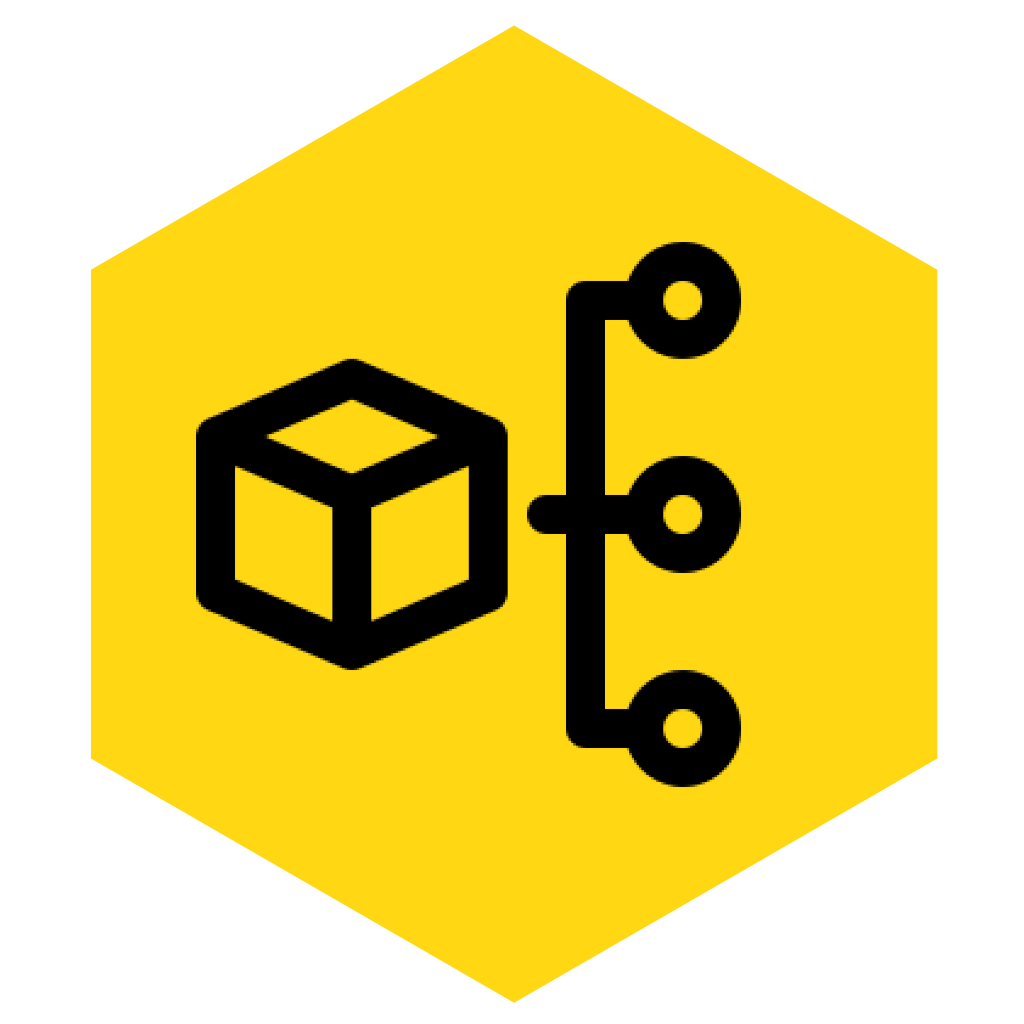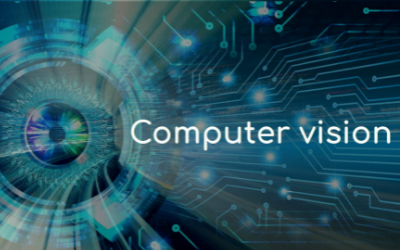Overview of Computer Vision
Acquire cutting-edge computer vision and deep learning techniques from basic image processing, to building and customizing convolutional neural networks
Apply these concepts to vision tasks such as automatic image captioning and object tracking and build a robust portfolio of computer vision projects
Duration
3 Days
Prerequisite for Computer Vision
No prior experience with computer vision is assumed, although previous knowledge of visual computing or signal processing will be helpful
The following skills are necessary for this class:
- Math: Linear algebra, vector calculus, and probability
- Data structures
- Programming
Course Outline for Computer Vision
Day 1
Module:1 – Basic Computer Vision
- What are Images?
- Image Formation
- Storing Images on Computers
- Getting Started with Open CV
- Gray scaling
- Color Spaces
- Histograms
- Drawing Images
Module 2 – Introduction to Machine Learning
- Supervised and Unsupervised learning
- Different Image classifiers
Module 3 – Introduction to Python
- Python Basics
- Scientific programming with python – NumPy, Scikit learn, Pandas and Matplotlib
Day 2
Module:4 – Face, People and Car Detection
- HAAR Cascade Classifiers
- Face and Eye Detection
Module:5 – Augmented Reality -Facial Landmark Identification (Filters, Swaps & Analysis)
- Face Analysis and Filtering
- Merging Faces (Face Swaps)
Module 6: Stereo vision (detailed)
- Camera calibration – Intrinsic and extrinsic
- Multi-view / Epipolar projective Geometry
- Stereo correspondence – Feature detection and matching
- Stereo disparity
- Triangulation – computing depth
Day 3
Module 7 – Introduction to Artificial Intelligence
- Artificial Neural Networks
- Back Propagation Neural Networks
- Shallow vs Deep learning
Module:8 –Deep Learning in Computer Vision
- Deep learning overview
- Convolutional Neural Network (CNN) for object recognition
- Region based CNN for object recognition and localization
- Transfer learning – how to use existing trained models and add on top of it
- Deep learning approaches to stereo correspondence
Module:9 – Motion Analysis and Object Tracking
- Filtering by Color
- Background Subtraction and Foreground Subtraction
- Using Mean shift for Object Tracking
- Using CAMshift for Object Tracking
- Optical Flow
- Recurrent CNNs for Object Tracking






